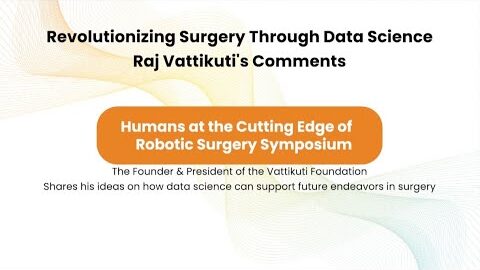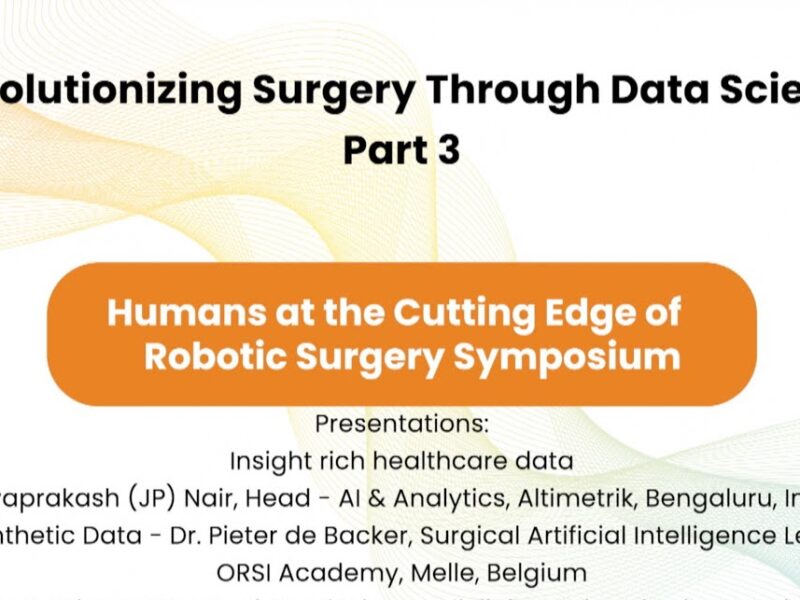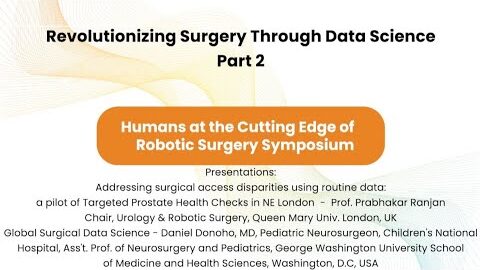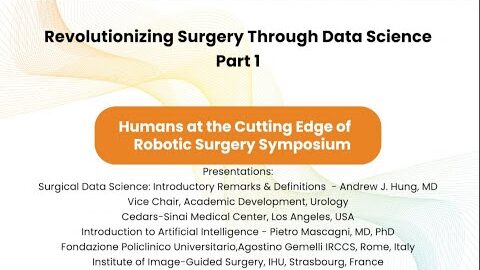#225 Automated video analysis in R A partial nephrectomy- Dr. P. De Backer, Prof. Alexandre Mottrie
This is one of the 2023 KS International Innovation Awards videos selected for inclusion in the Vattikuti Foundation – ORSI Humans on the Cutting Edge of Robotic Surgery Conference, October 6, 7 & 8, 2023 in Ghent, Belgium. Posting does not imply that is has been selected as a Finalist, just that the content will be discussed at the Conference.
From the entry: Automated video analysis in robot-assisted partial nephrectomy By Alex Mottrie – OLV Hospital Aalst & Orsi Academy Melle, Belgium
Objective: Artificial Intelligence (A.I.) is a key enabler technology towards automated surgical navigation and has shown to be successful in automatically steering robotic instruments. Nevertheless, automated surgical scene interpretation as an enabler for autonomous action has not been achieved, mainly due to the continuous tissue deformation and a lack of sub-surface information. We present an A.I. system which recognizes surgical tissues and phases during robot-assisted partial nephrectomy (RAPN) autonomously.
Methods: 79 RAPN videos were collected from two tertiary hospitals. 15,519 images were extracted and 48,371 organs were manually annotated. Subsequently, 13 surgical phases according to the RAPN ERUS protocol (fig 1.b), were manually indicated. The organ and phase data is fed into an A.I. system which automatically learns to identify the relevant anatomy and predicts the surgical phase.
Results: Automated tissue detection achieves 97.0% specificity, 59.9% sensitivity and 66.1% precision (Fig 1 (a) – colored overlay depicts the prediction). Automated phase detection achieves of 97.7% specificity, 58.8% sensitivity and 77.4% precision (Fig 1(b)-results for 2 procedures). Organ detection can distinguish the major anatomy. Phase detection is capable of automatically recognizing the major parts of the surgery.
Conclusion: We present the feasibility of A.I. to delineate both organs and phases in RAPN. This study is, to our best knowledge, the first to demonstrate the feasibility of such a dual analysis in RAPN. Apart from improving Augmented Reality, this technology can assist in training and teaching and serve as an intelligent surgical assistant.
See more at: https://vattikutifoundation.com/videos/
Date
August 15, 2020






